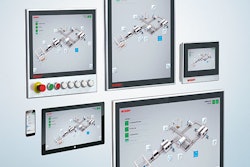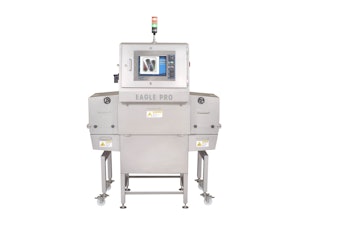Six S’s:
- Specify - What problem/pain point needs to be solved?
- Success - Can you define the success of a project?
- Start Small - Proof of concept projects on limited number of lines or assets, then look to scale.
- Senior support - Need senior sponsorship, with a long-term vision of how the technologies will be used in the business.
- Shared responsibility – Are both the IT and OT teams involved?
- Support staff - Get your people involved in the project (they can support in new applications).
Review current capabilities and solutions:
• The need for investment can varied significantly. Before starting, a company should understand the current state of its facilities.
• Is there a need for the introduction of additional sensors? What type?
• How is the facility connected and does this support quick collection of large amounts of data?
• Is hard wired or wireless the best medium for collecting data?
• Is a cloud platform currently in place, and does it have the capability to support elements of the project such as data aggregation, analytics and visualization of data?
• What levels of cybersecurity are in place (for hardware, software and employee training)?
• What solutions are in place to enable information to be fed back to the user?
People:
• Proper training for employees will accelerate awareness and compliance of the technology down to the factory floor.
• Long-term senior management must be involved to promote adoption of technology across all facilities.
• Building big data analytics into financial road map saves the need to apply annually for additional funding for continuation of the project.
Dealing with data:
• Transitioning from a manual to an automated process for data capture was identified as an important step in condition monitoring.
• Create a target for the frequency of data collection to ensure a high confidence in the data used.
• Tag data collected to the outcome of production – this produces labelled data which is easier to analyze.
• Ensure readings are of a good quality. This includes correctly mounting sensors at the correct points on a machine, so that data collected is consistent and accurate.
• Work with the cloud to ensure scalability of projects as you move from PoC (proof of concept) to mainstream applications.
Suggestions on partnerships with vendors:
• Work with open software across different machine types and specify that suppliers must support open software / solutions that can be used on an open platform.
• Work with more than one IoT platform.
• Select a supplier that is able to coordinate with an ecosystem of partners.
For more details about these case studies, and Big Data in the packaging and processing industry, download the FREE white paper here.
Source: PMMI Business Intelligence “How to Utilize Big Data to Enhance Manufacturing Processes”




















